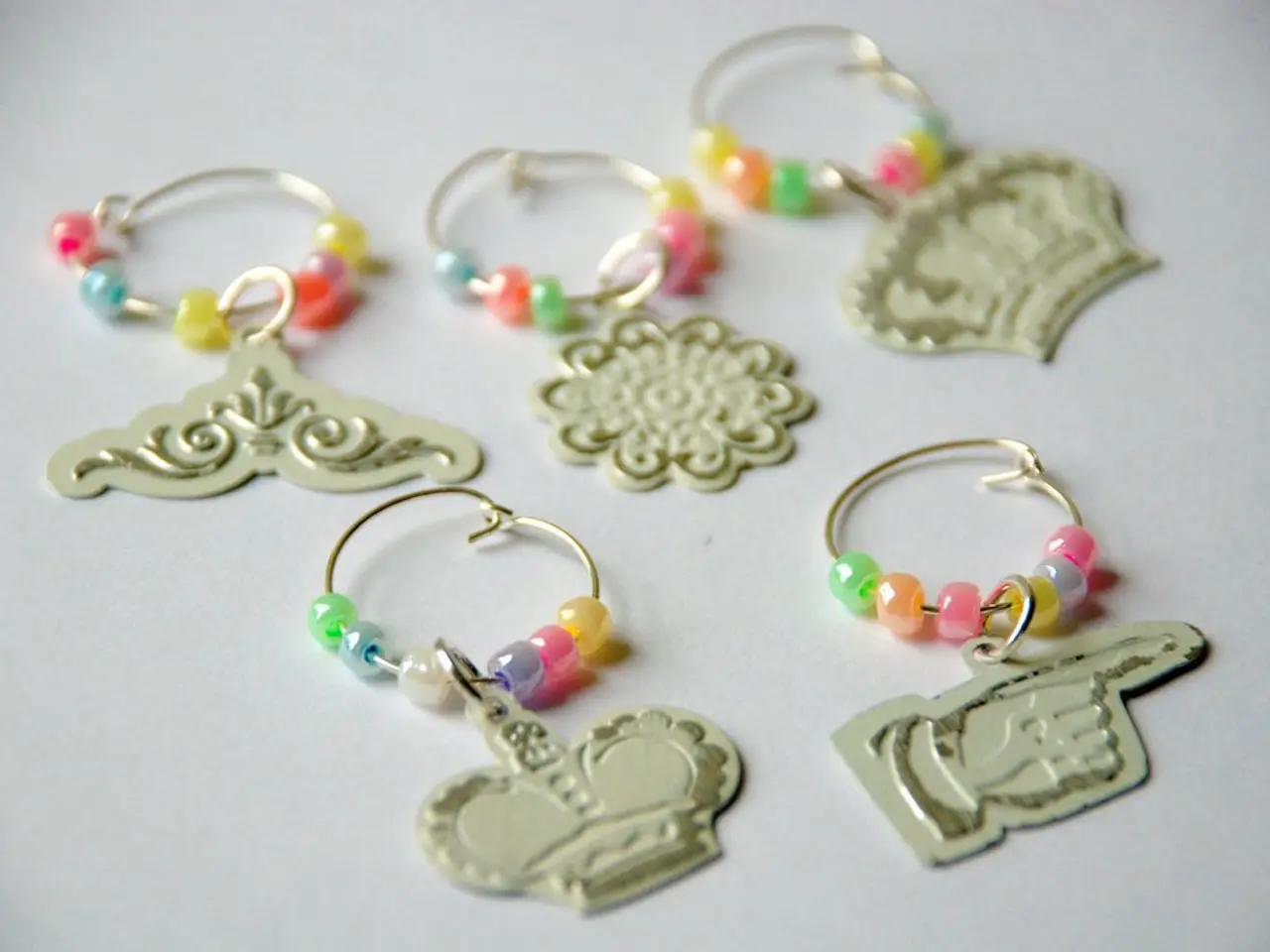Piercing at Medusa: Understanding pain, healing duration, potential hazards
In the world of body piercings, the Medusa piercing stands out as a unique and attractive choice. This piercing, located in the philtrum, the area above the upper lip, comes with its own set of considerations and potential risks.
First and foremost, it's important to understand that all piercings, including Medusa piercings, will hurt to some extent. After the procedure, the piercing site may swell, discolor due to bruising, bleed, itch, or have a yellow crust on the jewelry.
The common risks and complications associated with a Medusa piercing include infection, tooth and gum damage, inflammation, pain during healing, and potential scarring.
Infections are the most frequent risk due to the piercing location inside the mouth, where bacteria are abundant. Poor hygiene, unsterile piercing techniques, or inadequate aftercare can lead to redness, swelling, pain, discharge, and sometimes odor around the site.
Tooth and gum damage can occur because the jewelry may constantly rub against the gums and the teeth behind the upper lip. This friction can lead to gum recession and tooth enamel erosion, potentially causing sensitivity, decay, or loosening teeth over time. Non-metallic jewelry or frequent dental check-ups may help reduce this risk.
Inflammation commonly manifests as persistent swelling, redness, tenderness, and pain during the healing process, lasting weeks in some cases.
The healing process for Medusa piercings involves moderate pain initially, swelling that can last about a week, and gradual subsiding of tenderness. Proper aftercare typically includes regular cleaning with saline solution and maintaining good oral hygiene.
There is also a risk of allergic reactions to the jewelry material, which can cause itching, redness, and additional swelling.
Scarring might develop after the piercing heals or if complications arise, affecting the aesthetic of the area.
To minimize these risks, it's crucial to maintain attentive oral hygiene and opt for professional piercing methods. Regular dental monitoring is recommended to detect and manage any tooth or gum damage early.
During the piercing process, a clean and tidy workspace, sterilized equipment, and a single-use needle are expected. The piercer will disinfect the lip area and use a non-permanent marker to mark the placing of the piercing.
After the procedure, a person should wash their hands thoroughly, use a sterile saline wash to clean the piercing area, not rotate the jewelry, dry the area with disposable products, use mouthwash to clean the inside of the wound during aftercare. A clean and tidy workspace, sterilized equipment, and a single-use needle are expected during the piercing process.
A person should ask questions, choose jewelry that suits their anatomy, and receive aftercare instructions from the piercer. The Association of Professional Piercers (APP) advises that a person should eat food in small bites during the healing process of an oral piercing. They also recommend avoiding clumpy foods, such as mashed potatoes or oatmeal, which could stick to the jewelry of an oral piercing.
The APP also advises that a person should avoid food that is too warm, spicy, salty, or acidic for the first few days after getting an oral piercing. They suggest drinking cold food or beverages to soothe the piercing.
The healing process after getting an oral piercing may take more time for the inside of the wound to completely heal. A Medusa piercing is a piercing that places a stud in the center groove above the cupid's-bow of the lip.
A person under 18 years of age will need a parent or guardian to sign a consent form. It's important to note that the lip area has more nerve endings than the ear lobe, but the pain from a Medusa piercing is brief.
Lastly, a person should purchase a new toothbrush after getting an oral piercing and brush their teeth after every meal after getting an oral piercing. An antimicrobial or antibacterial mouthwash should also be used after getting an oral piercing. Over-the-counter (OTC) medication can be taken for pain relief and swelling reduction during the healing process of an oral piercing.
In conclusion, while a Medusa piercing offers a unique aesthetic appeal, it's essential to be aware of the potential risks and complications. With proper care, professional piercing techniques, and regular dental check-ups, these risks can be effectively managed.
- Predictive analysis shows that maintaining good health-and-wellness practices can aid in the healing process of a Medusa piercing, reducing potential complications.
- The type of jewelry used in a Medusa piercing may also influence the risk of allergic reactions, so it's important to choose a suitable material.
- The Association of Professional Piercers (APP) recommends avoiding certain types of food during the healing process, such as acidic or clumpy foods, to prevent complications like infection and skin irritation.
- In the realm of science, recent studies have shown that an active lifestyle playing sports, focusing on fitness-and-exercise, and addressing mental-health issues can contribute to overall well-being and quicker healing.
- COPD, obesity, diabetes, and skin-care issues can potentially complicate the healing process of a Medusa piercing, so it's important to manage these conditions with proper medical care.
- Proper aftercare, including using a sterile saline wash, maintaining good oral hygiene, and practicing a healthy lifestyle, can help minimize the risks and ensure a successful Medusa piercing.




